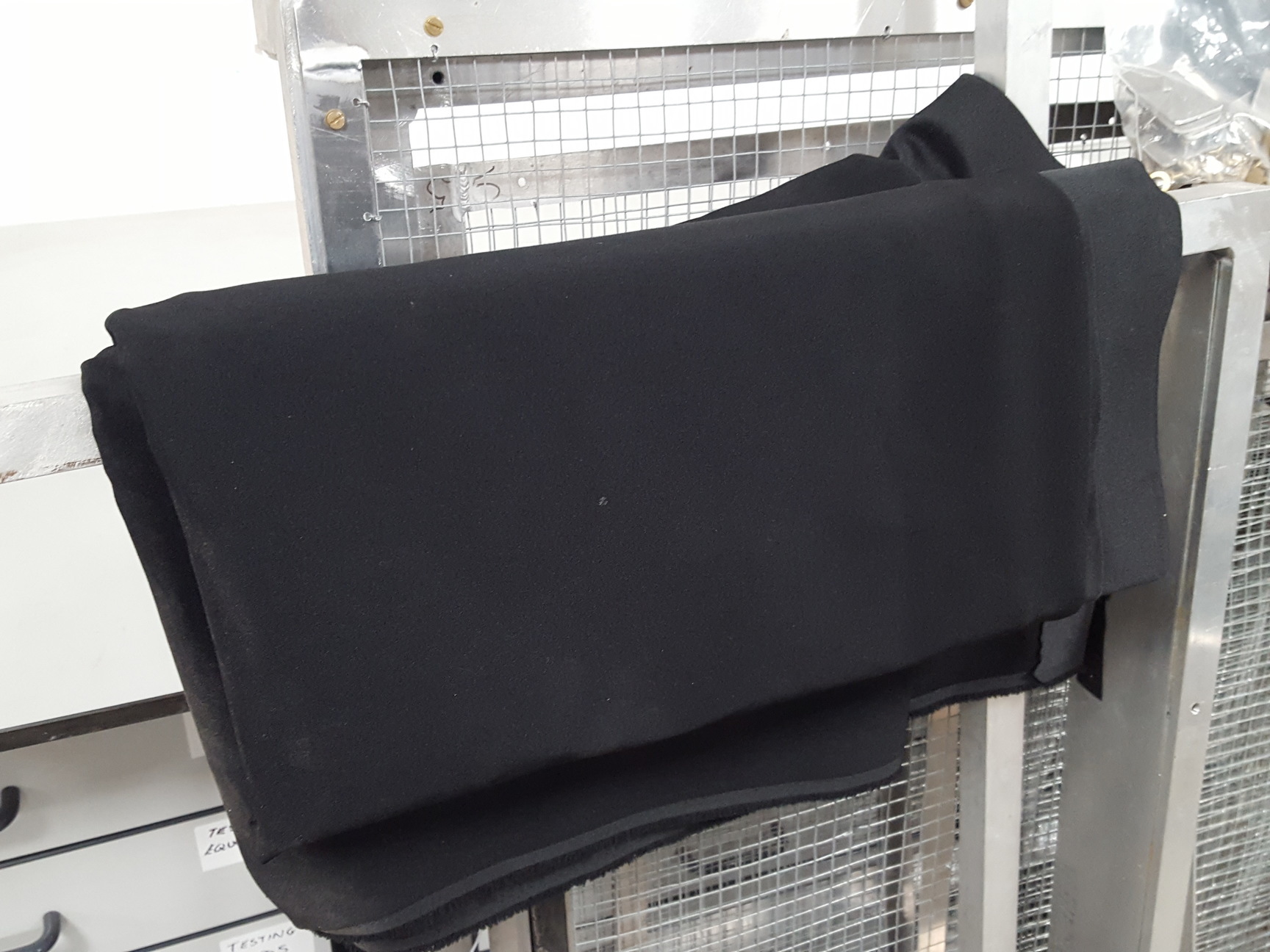If you've ever walked through a city, you may have seen tiny mini 5G cell towers on street light poles. They look like small boxes however, they're actually transmitting wireless signals from mobile providers to your phone.
They are replacing the larger specially-designed cell towers. Although they're not as visible, they still can create issues for users.
A FCC's Radiation Exposure Thresholds
The FCC's Radiation Exposure Thresholds establish the maximum amount of time an individual can be exposed to electromagnetic radiation from wireless devices. The exposure limits are based on scientific data which show that the energy of RF can be harmful to human health.
The rate of absorption called the specific absorption rate (SAR) is an indicator of the radiofrequency energy that is absorbed by tissue. It's typically 1.6 Watts per kilogram averaged over one kilogram of tissue.
But, since 5g operates at higher frequencies, it has the potential to create more energy on the skin and other directly-exposed body areas. This can lead to many potential harms, including exacerbated appearance of skin disorders such as dermatitis, skin cancer and cataracts.

Because of the potentially severe effects of 5g radiation, PSU has chosen to set a general localized power density limit of 4 mW/cm2 averaged on 1cm2, and never to exceed 30 minutes, for all 5G services running at 3000 GHz. This localized limit is consistent with the highest SAR that is spatially averaged at 1.6 W/kg, which is averaged over 1 5 grams of body tissue, at 6 GHz.
The FCC's Maximum Exposure Thresholds for Maximum Exposure
If you've ever used a cell phone, you're probably aware that the safest distance from the tower is around 400 meters away. This is due to the power of the transmission of a cell tower increases dramatically the further the tower is.
While it sounds like an ideal idea however, those living close to towers could be more prone to health issues. For example, a study from 2014 in India discovered that people living within 50 meters from cell towers suffered much more health problems than those living further distance from them.
But, the study showed that residents who moved into areas farther away from cell towers noticed their symptoms return to normal within a few days. Studies have also shown that exposure to high levels of radiofrequency electromagnetic fields (EMFs) can cause brain tumors, cancer, and other health problems.
This is due to the fact that the RF radiation used in wireless communication, can penetrate the human body's outer layer, called the skin. how to block emfs is vital to be aware of because the skin acts as a shield against injury to the body, infection caused by pathogenic microorganisms and entry of toxic substances. Additionally, it is the most important organ of the human body, and is accountable for protecting other organs.
The FCC's Minimum Exposure Thresholds for the Minimum Exposure
The FCC's Minimum Exposure Thresholds rely on many assumptions that aren't supported by evidence from science. This includes the false belief that exposures to RF radiation are safe because of the minimal absorption into body (i.e. thermal heating of tissue).
The assumption also ignores the deeper penetration of the ELF elements of modulated radio signals and the consequences of short bursts of heat caused by RF pulses. These theories are not compatible with current understanding of the biological consequences of RF radiation. Therefore, how to block emf radiation should not be relied upon for health-protection exposure guidelines.
In addition, the ICNIRP and FCC are limiting their maximum exposure limits to local peak SARs, based on the maximum spatial specific absorption rate (psSAR), which can be described as not a reliable dosimetric instrument for determining the level of exposure to radiofrequency radiation. In particular it is inconclusive when frequencies exceed 6 GHz. Furthermore, psSAR has not been evaluated for RF radiation that is exposed to other environmental agents such as sunlight. In the event of interactions, RF radiation and other environmental agents may cause synergistic or antagonistic effects. how to block emf would result in an increased risk of negative health effects. For example, exposure to RF radiation with sunlight may raise the chance of skin cancer, as well as aggravate other skin disorders, such as acne.
